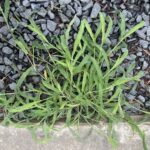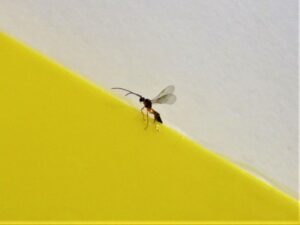Sweet Corn
European corn borer (ECB) moth catches have increased slightly in central counties but remain at low levels generally throughout the state. At this time, no feeding has been detected.
The highest nightly trap catches of ECB for the week ending 08/31/22 are as follows:
| Pennington 2 | Dayton 1 | Jones Island 1 |
| Allentown 1 | Downer 1 | Matawan 1 |
| Centerton 1 | East Vineland 1 | Oldwick 1 |
| Crosswicks 1 | Georgetown 1 | Princeton 1 |


